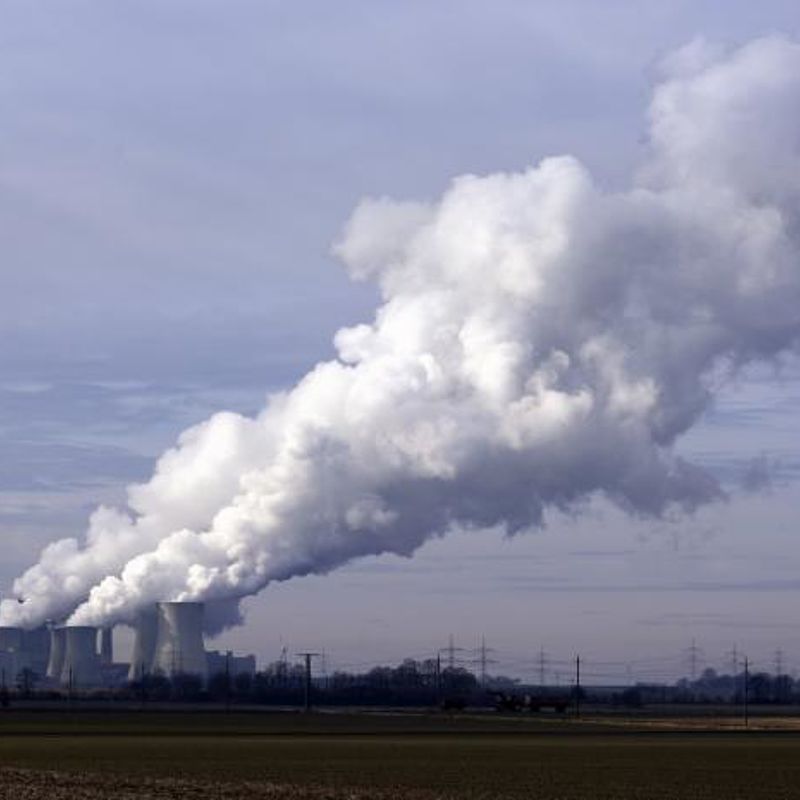
Improving gas plant leak detection
Challenge
Accidental releases of natural gas from leaky plant equipment wastes resources and contributes to global warming, as its main constituent, methane is a greenhouse gas. Although less persistent in the atmosphere than carbon dioxide, methane has much greater heat-trapping effects.
The oil and gas sector is a significant source of methane emissions with an estimated 2.2 % of all gas production being lost due to leaks. The climate change consequences of this prompted industry group Oil and Gas Climate Initiative to target a 20 % reduction to its members’ methane emissions in upstream operations.
To comply with the European Industrial Emissions Directive, gas plant operators need to apply methods outlined in an EU Commission Best Available Technique (BAT) document for monitoring emissions and detecting leaks from industrial plant. Optical sensing technologies can be used to find these, but standard ‘sniffer’ methods that collect gas in bags for subsequent analysis must be used to determine their size. This method is labour intensive and unsuited for hard-to-access leaks.
To enable the use of highly accurate and rapid handheld optical gas imaging cameras to detect and measure gas plant leaks, a standardised measurement protocol written into European CEN standards is required, coupled with rigorous comparisons to existing authorised techniques. This would pave the way for optical measurement techniques to be authorised as a BAT method in the future.
Solution
The EMRP project Metrology to Underpin Future Regulation of Industrial Emissions validated new test and controlled-release facilities, that simulate leaks from industrial plants. These were used to robustly validate optical technologies in trials at a former gas plant and included optical gas imaging.
Best practice protocols for each technology were developed to increase measurement accuracy, repeatability and result comparability. These protocols are being incorporated into a European Draft CEN standard, an important step towards future use as an authorised BAT method for regulatory compliance.
Impact
FLIR, a manufacturer of optical gas imaging cameras, was one of the first to use the NPL developed controlled-release facility during testing to demonstrate that a new optical gas imaging camera can meet the required standards for use on American gas plants. This instrument, based on FLIR’s gas imaging technology used in conjunction with the Providence Photonics QL320 analysis system creates Quantitative Optical Gas Imaging for use in establishing the precise location and size of gas leaks from a safe distance. In recognition of FLIRs actions to reduce methane emissions, the company received the Leadership in Innovative Technology award at the 2018 Oil and Gas Methane Leadership Awards.
In order for European gas plant operators to benefit from developments in optical sensing, such as that developed by FLIR, the projects measurement protocols must first be included into CEN standards, and then robust comparisons made to existing BAT authorised techniques. Increasing the ability to detect gas plant leaks and rapidly determine their size will help operators meet the Industrial Emission Directive requirements and the EU to achieve its greenhouse gas reduction targets.
- Category
- EMRP,
- Environment,
